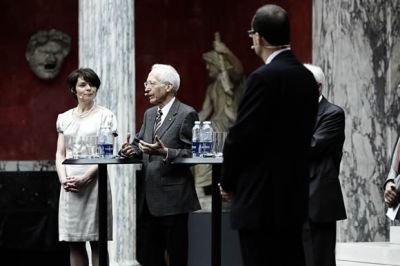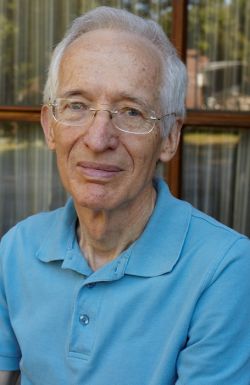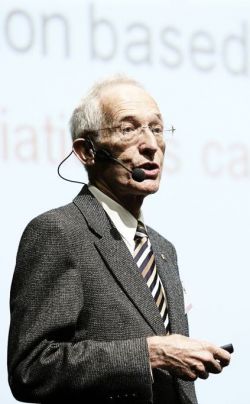
Epidemiologist Bruce Armstrong is an international expert in public health, particularly on the causes and control of skin cancer. He has been Fellow of the Academy since 2000.
Discovering possible cancer-protective effects of sun exposure and pursuing explanations for them.
When we observed that survival after a diagnosis of melanoma was better in high incidence countries (such as Australia) than in low incidence countries (such as the United Kingdom), colleagues and I did studies that showed a direct association between high personal sun exposure and better survival from melanoma. Later, we found, quite unexpectedly, that high personal sun exposure protected against non-Hodgkin lymphoma, and we confirmed this by pooling results from similar studies around the world. These and other findings formed the basis for ongoing or planned controlled trials of vitamin D (the likely mediator of protective effects of sun exposure against cancer) in preventing cancer and in improving outcome after cancer diagnosis. We have completed a pilot study for a randomised controlled trial of vitamin D to prevent cancer recurrence of cancer in melanoma patients, and now have NHMRC funding for a controlled trial of vitamin D to prevent cancer and premature death in healthy older Australians.

Large intervention studies, such as the one we are doing for vitamin D, are the way of the future. We need to do basic biological research to identify promising protective factors, exemplified by vitamin D, that can be tested in controlled trials, after limited evaluation in observational studies (preferably in large, ongoing cohort studies supported by comprehensive ‘banking’ of participants’ blood and other biological specimens). Basic biological research can also allow us to discover or develop accurate biomarkers of exposure to beneficial or harmful factors in the environment or the diet that can help epidemiologists identify targets for health intervention.
Additionally, basic biological research can identify biomarkers of early disease, which might make it possible to evaluate the potential benefit of new health interventions more quickly and in much smaller numbers of people. As one of the discoverers that smoking caused lung cancer, Ernst Wynder, put it, the ultimate aim of this research will be ‘to help people die young late in life’.
Studying the relationship between sun exposure and skin cancer has been the most interesting aspect of my work on cancer: initially with a focus on how it causes skin cancer and how its harmful effects can be minimised, but more recently also focusing on the paradoxical effects of sun exposure through vitamin D and how it might be possible to balance the two to achieve best health.

Initially I wanted to be a school teacher, but, while at high school, I was inspired to pursue medical studies after reading a Reader’s Digest article about Toronto neurosurgeon Wilder Penfield. Penfield demonstrated by probing the brains of conscious patients with epilepsy that he could provoke the aura of their epileptic fits and thus localise anatomically the source of the epilepsy. Later I did my PhD at Oxford University with Sir Richard Doll, also one of the discoverers of the link between smoking and lung cancer. At the time, Richard was the greatest living cancer epidemiologist, and he inspired me to pursue a career in cancer epidemiology.
Physics and chemistry were the science subjects taught to my class at Perth Modern School. To this day I can see the face of Mr Ron Hartley, my year 1 and 2 physics teacher, at the front of the classroom. He was tough, and vigorously challenged us intellectually. I greatly enjoyed and learnt a lot from physics with Mr Hartley; it was wonderful stuff!
© 2025 Australian Academy of Science